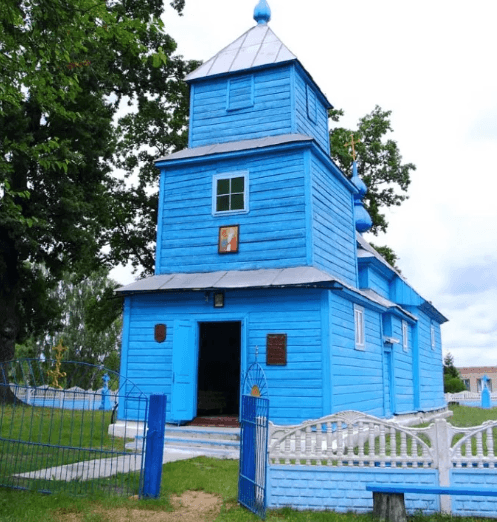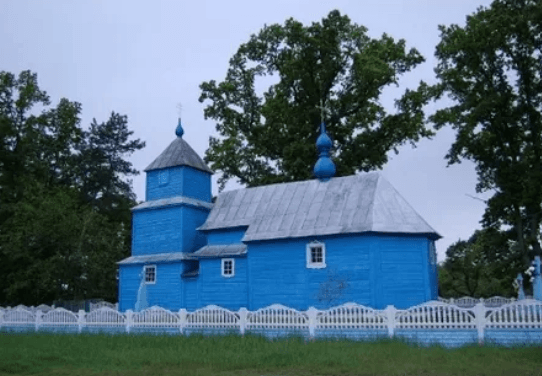Dubok. St. Elijah's Church.
Church
Belarus, Brest region, Brest district, Dubok, St. Elias Church
Description
The exact date of construction of the Church of St. Elijah in the village of Dubok in the Brest region is unknown, but its wooden construction dates back to the turn of the 18th and 19th centuries. The composition of the temple includes the main volume, a triangular altar apse, a babynets under a common gable roof and a three-tiered square bell tower.
The exterior decoration of the temple is simple and practically devoid of decoration, with the exception of the Baroque domes on the bell tower and the main volume. The Church of St. Elijah in Dubok is a notable example of local folk wooden architecture.
Categories
Historical
Architectural monument
Comments
Reviews to the Place
1Yaroslav Sg
25.03.2025
Dubok. St. Elijah's Church
St. Elijah's Church is a unique combination of architectural features of wooden architecture in Volhynia, eastern Poland and the Carpathians, which is explained by its location in the village of Dubok in the south-west of Brest region, near the border with Ukraine. Volyn temples are characterized by low, single-domed, three-tower buildings, and the religious buildings of the Carpathians and eastern Poland are distinguished by pyramidal tent-topped structures, massive two-tiered or three-tiered bell towers in the Gothic style.
The temple consists of a rectangular main volume with a triangular altar ledge and a two-tiered western vestibule, covered with a common gable roof with a triangular ramp and a dome above the altar. From the west, a three-tiered square bell tower with a hipped roof adjoins the vestibule through the vestibule, combining the massiveness of Ukrainian architecture and elements of the Belarusian tradition with a hipped roof.
The facades are decorated with horizontal paneling of hewn boards and small rectangular window openings. This type of decoration was rarely used by Belarusian craftsmen, but it was typical for Ukrainian religious buildings. At the same time, the same height of the log cabins emphasizes the solidity of the structure, which is typical for Belarusian churches.
The interior walls are covered with oil paint. The interior space is organized with the help of lighting and decorative elements: the altar part is illuminated by a central semicircular window, emphasizing the depth of the interior and the transition from the dark to the light zone.
The church operates and is considered a monument of folk wooden architecture of the Belarusian Polesie.


